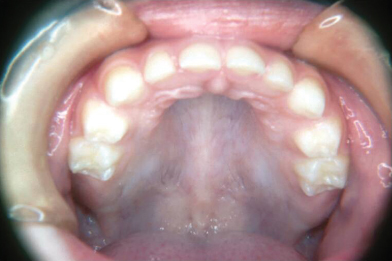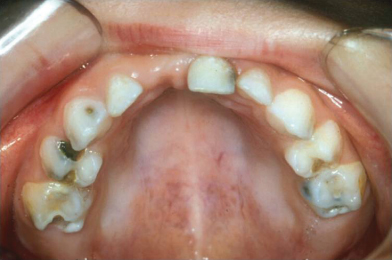11
Preventive Care for Children
Pillars of Prevention
Dental caries is a preventable disease. The four “pillars of prevention” are:
- plaque control;
- diet;
- fluoride;
- fissure sealants.
Each of these pillars should be incorporated in every preventive treatment plan with the goal of preventing gingivitis, periodontal disease, dental caries and dental erosion. The effects of each of these pillars are additive and the age, cooperation, caries risk and fluoride exposure needs to be taken into account when treatment planning. Prevention should start early and parents should be encouraged to bring their children to the dentist by the age of 6 months so that appropriate oral care advice can be given before any issues arise. Prevention is the foundation of all treatment plans and needs to be individualised for each patient. All treatment plans should start with prevention at the first visit, continue and be reinforced as the course of treatment continues. Applying preventive measures at the start of a course of treatment also fits in with behaviour management strategies for children. Future cooperation and motivation of the child and parent can also be improved by making prevention fun.
Caries Risk
This can be classified in a number of ways. A popular method is to classify individuals as low (dmfs = 0 or 1), moderate (dmfs = 2–4) or high caries risk (dmfs ≥5). A simpler method is to use caries-free for those without dental caries and caries-prone for anyone with caries. The decline in caries is bimodal and for young children 75–80% of dental caries occurs in as little as 20–25% of the population (Figs. 11.1 and 11.2).
Figure 11.1 Caries-free primary dentition.

Figure 11.2 Rampant caries in child.

Parental Responsibility
Despite repeated episodes of preventive advice given by the dental team to children and parents the preventive message does not appear to get through to some groups or may be complicated by associa/>
Stay updated, free dental videos. Join our Telegram channel

VIDEdental - Online dental courses


